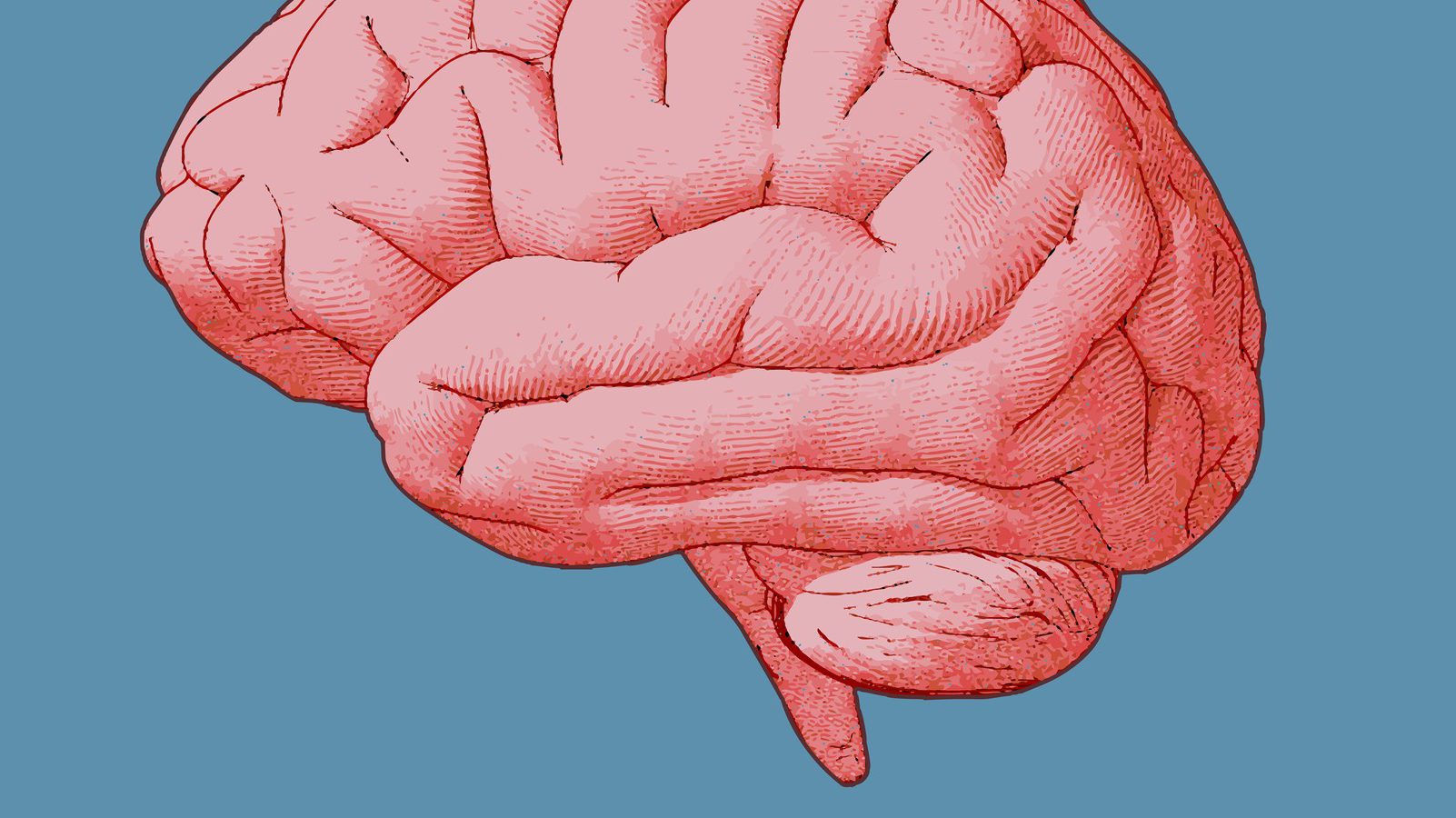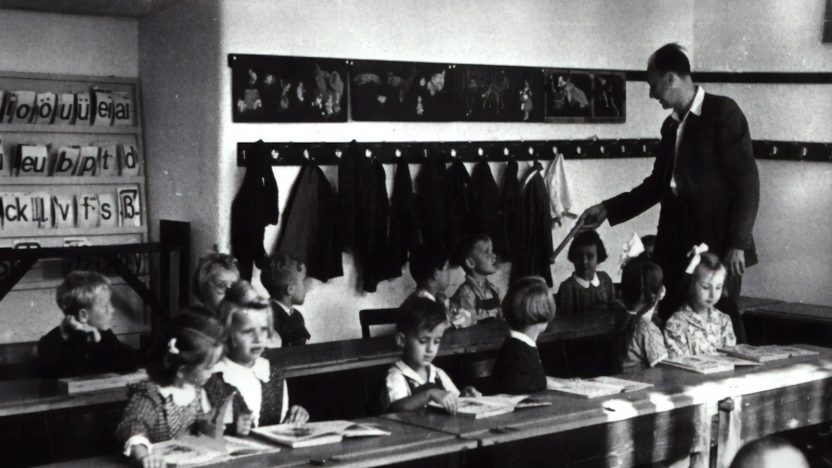School rules
The way we live and work today is different than how we did in the past. Why don't we change how we educate younger generations?
by Mauro Bordignon

<span style="background-color: transparent;">School is widely considered, both by teachers, students, and parents, as a pain in the neck: it’s a very sensitive topic that generates great discussions and discrepancies. However, there’s one, single consideration that seems to bring everyone together: the education system as it is now is not suitable for the present times, it is a parallel universe that has little or no connection at all with the abilities one needs both in real life and in the labour market. The reason of this resentment is quite straight forward: the current education system dates back to the ‘20s and is conceived to answer the needs of a society that is long gone.
After the Industrial Revolution, the booming labour market was hungry for a working class with specific, vertical, fields of expertise, which is where the organizational structures within different types of high schools, widespread in most European countries, comes from today. This, along with the compartmentalized distinction in different, separate subjects with top-down programs decided by education ministries, are only a consequence of the final scope the current school system was created for: that of providing students with disconnected notions of the world, and having them smoothly enter a stable labour market. All of this set in an environment glued together by discipline and authority, where obedience is enforced by punishment. Now, such a system made sense for the society it was conceived in: a time with no internet, where vertical knowledge was extremely important. But it makes little sense in the times we’re living in, in which we have unlimited access to almost unlimited knowledge and where soft skills are gaining more and more importance.
Where to begin then? First of all, by reconsidering the education system as a whole, beginning with shifting the of the spotlight from the idea of “authority” to that of “authoritativeness”. In addition to the development of education sciences, experience alone has given us full-blown proof that discipline can only work in an environment where it is regulated by law (such as that of the army). How can schools, though, be authoritative without being authoritarian? A possible solution lies in shared accountability: imagine a school where decisions are not taken by the teaching staff only, but by the school as a community – students included. At H-FARM’s schools, for example, the decision-making process is a shared moment between students and teachers. Because when all parties are involved in the decision process they are also more likely to follow the rules. Or, to put it another way, as ed leaders Shelley Burgess and Beth Houf said, “people are less likely to tear down a culture that they have helped build”.
Of course, this is not simple – not only because of the complexities and time needed in grounding such a system – but also because there is still a huge demand for authority: not only by parents, often worried that no authority could equal to “no rules”, but (surprisingly enough) by students as well, who want authority just to for the sake of denying it. So providing top-down rules is an easier system for everyone: parents are comforted knowing that their kids are being taught the same they learned back in the days they were students, teachers know what is to be punished and what is and isn’t allowed and students have something to rebel against and define themselves as opposed to the “adult” world. Taking shared decisions is a more complicated path to follow, but this way you not only empower students to be an active part of their learning path but – by saying they are as responsible as the teachers – also setting a common ground, a channel wherein to communicate.
Now that we have outlined a potential restructuring of the teacher/student relationship and reconfigured the role of the latter in their learning path, let’s get back to the scope of education: if disconnected notions are no longer the focus, what is? In a changing context in which the current generation will probably have jobs that do not exist yet, the most natural thing is to shift from a knowledge-driven system to a skills-driven one: if I don’t know what expertise I will need in the future, I can still develop the mental skills and flexibility necessary to acquire them when the time comes. By ‘mental skills’, I refer to abilities such as being knowledgeable, developing critical thinking and becoming a better communicator, among others. In this context, the notions of today will of course still be relevant: but they will be more tools, and not goals, focussed.
How will we teach such abilities? Well, forget the idea of compartmentalized subjects, and have your students learn in a more holistic way, based on learning-by-doing and project-based methodologies first and foremost, and by implementing these with the tools you find best suited to your goal. This toolset would include both ‘traditional’ tools and digital devices – what’s important is to ensure that you use a tool only if it conveys an improvement in the learning process. An example: having your students taking notes with an iPad instead of handwriting will not make make your teaching innovating. If you use technological devices, do so because they have a meaning in the learning process you have built. When it comes to assessment, things are as challenging: if with the current system you have easily measurable objectives, things are a bit more complicated with an ability-based education: how can you assess abilities? Let me give you a hands-on example, say you want to enhance your students inquiry and communication skills whilst at the same time having them understand how wind energy works. How do you assess their progress? One way could be to have them make a proper model of a wind energy system, prepare a keynote on this and present it to their peers: all of this makes allows you to assess if they have inquiry skills, how knowledgeable they are and if they’re good communicators.
It is a complex path, but it is also extremely rewarding. In a learning environment where students are expected to make decisions about their learning, rather than follow adult established rules and disciplinary routines, learning flourishes. Students have the space to freely use their minds to construct and present ideas in unexpected and innovative ways. This is what will move education onto the right path in order to move with the times, breaking the unfortunate loop of those who think it’s enough to use innovative tools, without thinking that learning should be innovative, too.



 in Italy
in Italy